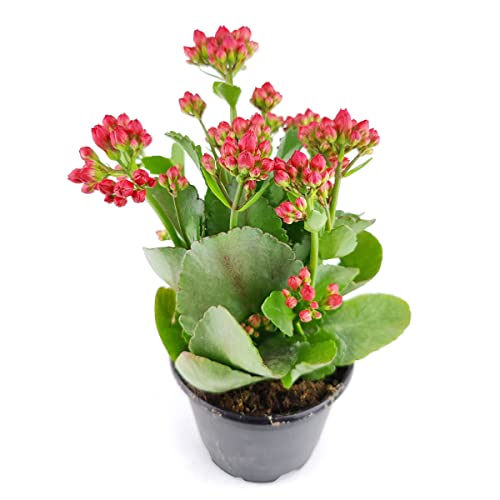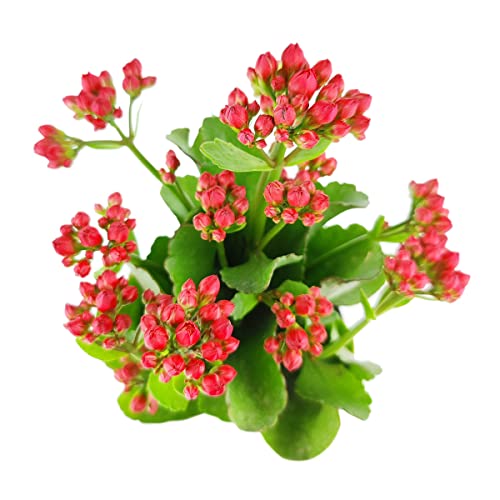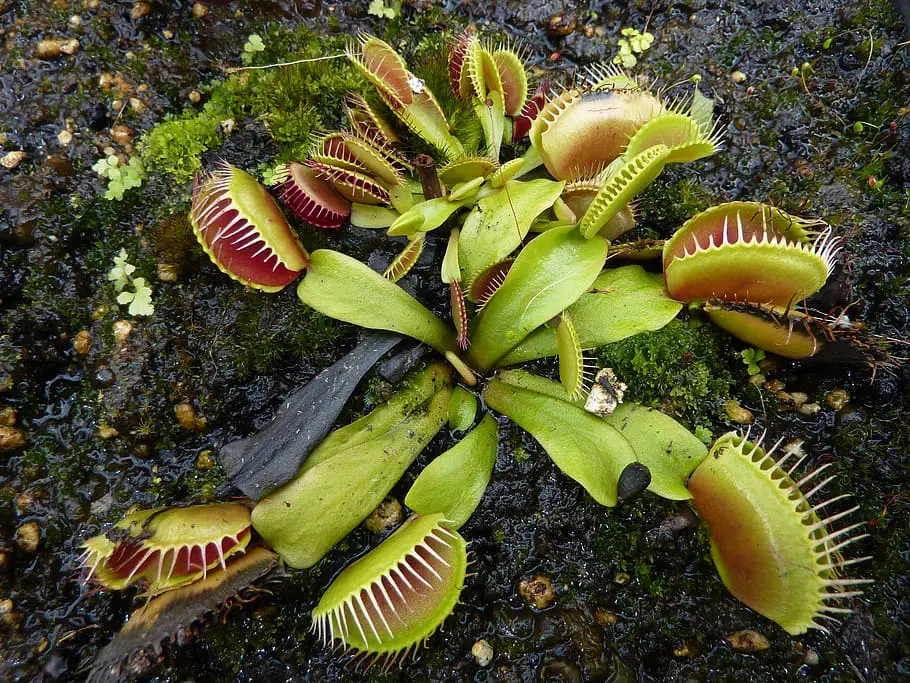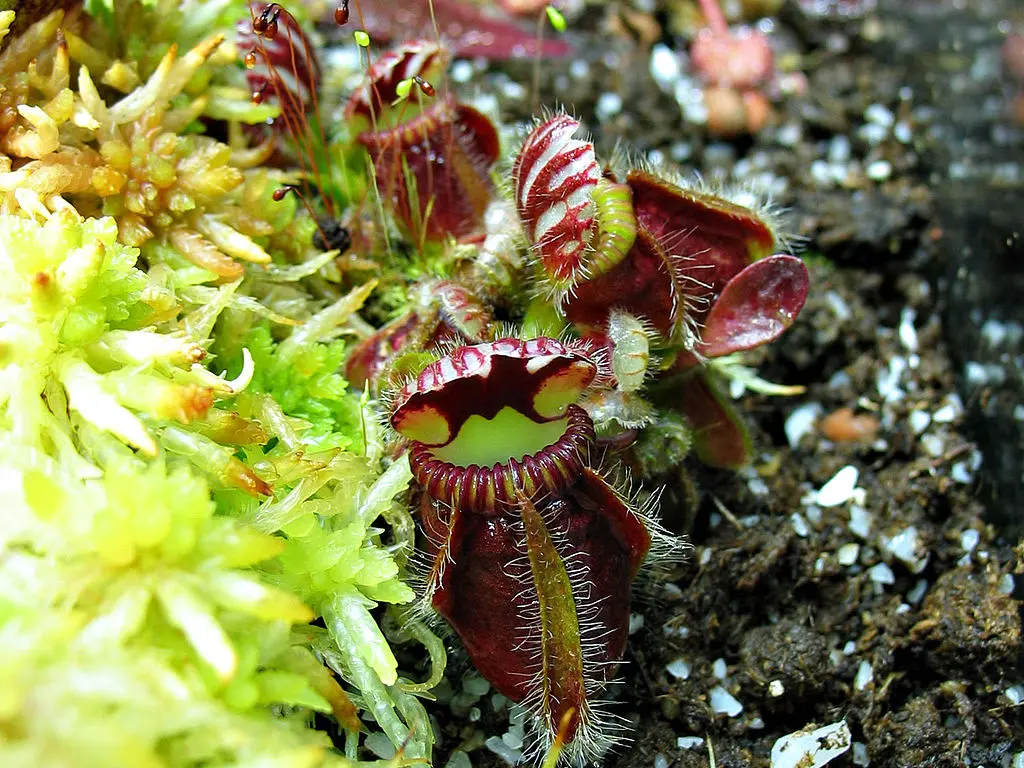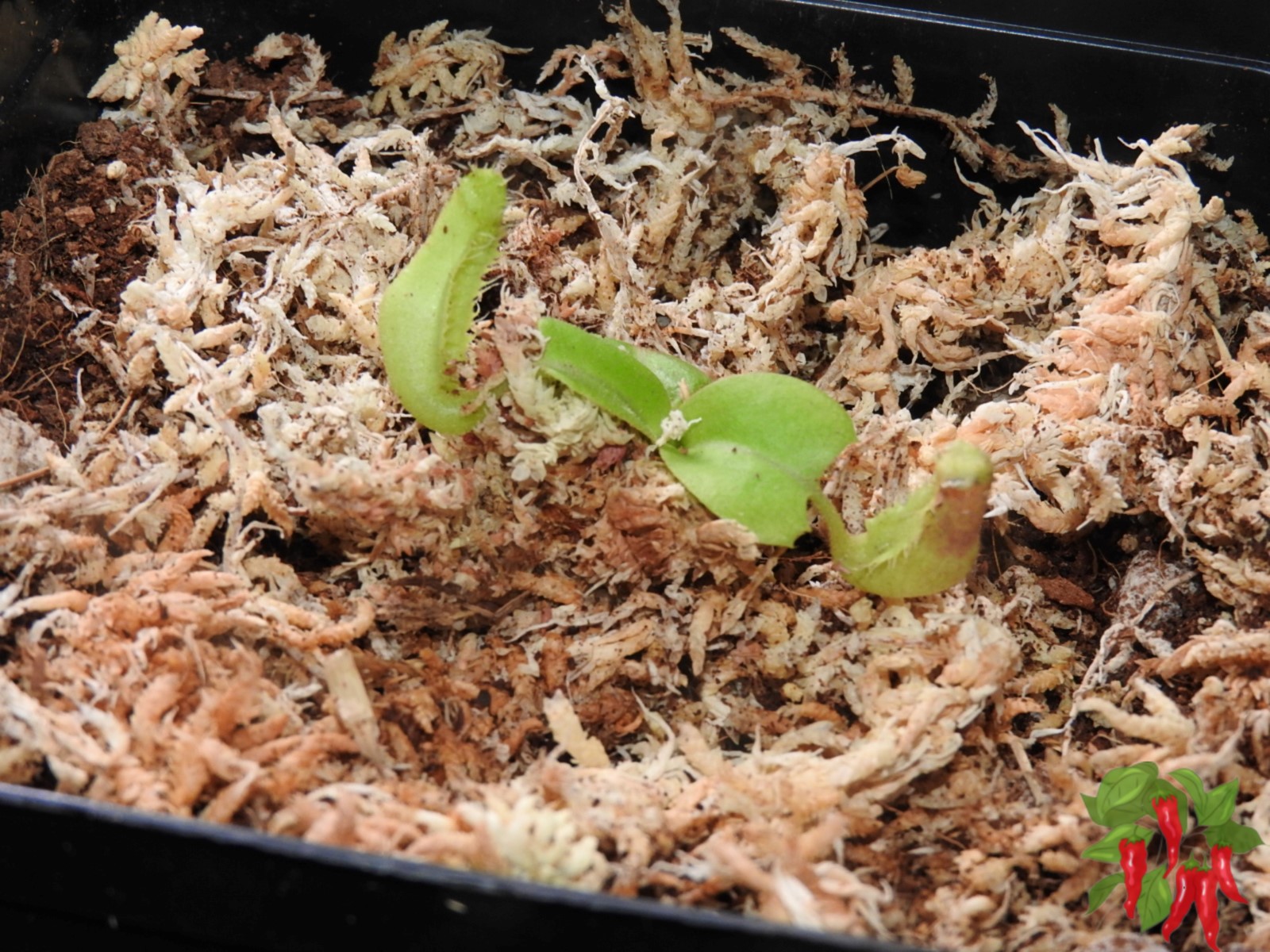This post contains affiliate links. If you buy something from one of our links we may earn a commission. Thanks
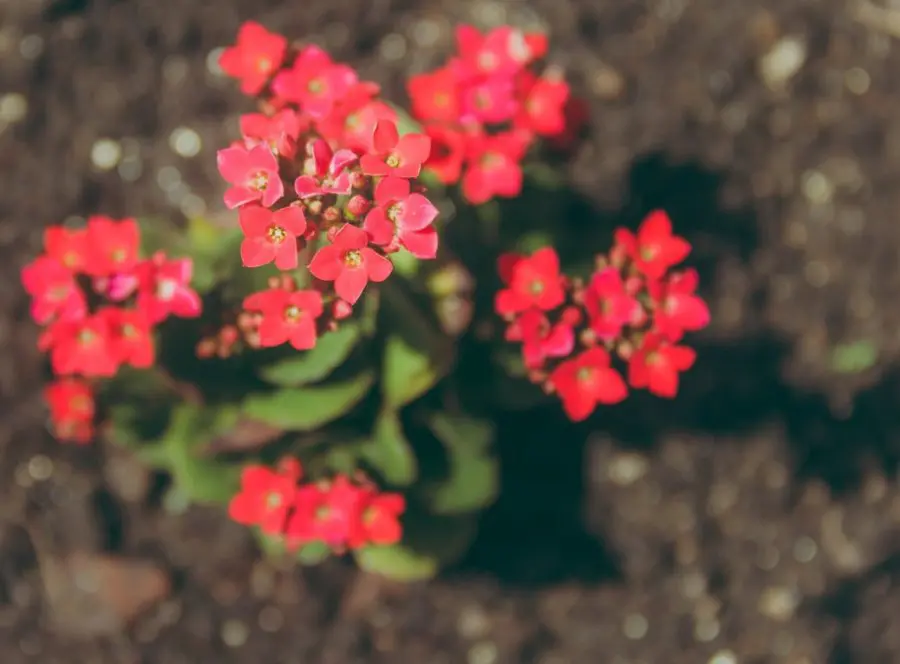
Uncover the joy of Flaming Katy plant care indoors with our comprehensive guide. From nurturing blooms to preventing pests, start your indoor gardening journey!
Flaming Katy plant care indoors revolves around providing bright, indirect light, moderate watering, and occasional fertilization. Ensuring a warm environment, akin to its native Madagascar, alongside timely pruning and re-potting, paves the way for vibrant blooms and a healthy, long-living plant.
Flaming Katy Plant Care Indoors
Venture into the rewarding realm of Flaming Katy plant care indoors. With its vibrant blooms and easy-care routine, the Flaming Katy is a delightful addition to any indoor garden.
Discover the essentials of nurturing this colorful companion to ensure a lively display season after season.
Understanding Your Flaming Katy:
Dive into the botanical background of the Flaming Katy, paving the way for a well-informed indoor gardening experience.
Species Overview:
The Flaming Katy, Kalanchoe blossfeldiana, or Kathalea blossfeldiana, is known for its diverse color palette.
Its blooms can range from warm reds and pinks to soft yellows and whites, providing a lively visual appeal to any indoor setting.
Historical Background:
Native to Madagascar, the Flaming Katy has transitioned well to indoor environments in cooler climates. Its adaptive nature and vibrant blooms have contributed to its popularity among indoor garden enthusiasts worldwide.
Kalanchoe blossfeldiana is a commonly cultivated evergreen house plant of the genus Kalanchoe native to Madagascar. It is known by the English common names flaming Katy, Christmas kalanchoe, florist kalanchoe and Madagascar widow’s thrill. https://en.wikipedia.org/wiki/Kalanchoe_blossfeldiana
Creating a Suitable Environment:
Crafting a suitable environment is the first step towards ensuring your Flaming Katy thrives indoors.
By replicating conditions akin to its native habitat, you’re setting the stage for robust growth and vibrant blooms.
Light Requirements:
Flaming Katy cherishes bright, indirect light which is instrumental for its growth and blooming.
Placing it near a north or east-facing window often provides the ideal lighting conditions.
However, it’s flexible enough to tolerate some direct morning sunlight or artificial light, making it a convenient choice for various indoor settings.
Temperature and Humidity:
The Flaming Katy prefers a warm, cozy indoor environment reminiscent of its tropical origins in Madagascar.
A temperature range of 60 to 75°F is ideal, with a moderate level of humidity. During winter, ensure the temperature doesn’t fall below 50°F to keep your Flaming Katy comfortable.
If the air is too dry, consider placing a humidifier nearby or grouping it with other plants to maintain humidity levels.
Nourishment for Growth:
Proper nourishment is pivotal for the Flaming Katy’s health and vibrancy.
A balanced approach to watering and fertilization not only promotes growth but also leads to a spectacular display of blooms, mirroring the lively essence of its tropical heritage.
Watering Regimen:
A minimalist approach to watering goes a long way with the Flaming Katy.
It’s better to err on the side of under-watering than over-watering to prevent root rot, a common issue with this plant.
Allow the soil to dry out between waterings, and when you do water, do so thoroughly until water drains out of the bottom of the pot.
This regimen mimics the plant’s natural environment where dry spells are followed by a good soak.
Fertilization:
A balanced, water-soluble fertilizer applied monthly during the growing season provides the essential nutrients the Flaming Katy needs for healtyy growth and vibrant blooms.
During the fall and winter months, it’s advisable to scale back on fertilization, as the plant enters a dormant phase.
This cyclic approach to fertilization aligns with the plant’s natural growth rhythm, encouraging a bountiful display of blooms when the growing season returns.
Pruning and Re-potting:
Engaging in regular pruning and timely re-potting is fundamental for maintaining a healthy and vibrant Flaming Katy.
These practices not only rejuvenate your plant but also create a conducive environment for continuous growth and blooming.
When and How to Prune:
Pruning is beneficial for the Flaming Katy, especially when done after the blooming season.
It encourages a bushier growth and can stimulate further blooming. Utilize sharp, sterile pruning shears to remove dead or dying flowers and leaves.
Additionally, cutting back leggy stems will promote a fuller appearance.
It’s a simple yet effective way to invigorate your plant, preparing it for the next growth cycle.
The Re-potting Process:
Re-potting is a chance for your Flaming Katy to stretch its roots and access fresh soil.
It’s advisable to re-pot every 2-3 years or when you notice the roots outgrowing the current pot.
Choose a pot that’s slightly larger than the current one, ensuring it has good drainage.
Gently remove the plant from its current pot, place it in the new pot, and fill around it with well-draining soil.
This process provides the Flaming Katy with the room it needs to grow and flourish, setting the stage for a continued healthy and vibrant existence indoors.
Pest and Disease Management:
Keeping your Flaming Katy safe from pests and diseases is essential for its well-being and vibrant display.
Being acquainted with common challenges and their solutions helps in nurturing a healthy Flaming Katy.
Common Pests:
Like many indoor plants, the Flaming Katy can attract pests like mealybugs and aphids.
Being vigilant and catching infestations early is key. Gentle natural remedies such as neem oil or insecticidal soap can be effective in managing these pests.
Regular inspection of your plant, especially the undersides of leaves, will help catch and address any pesky invaders before they become a serious problem.
Disease Prevention:
Diseases, notably root rot, can occur if the Flaming Katy is over-watered.
It’s vital to ensure proper watering practices to prevent such issues.
Employing well-draining soil and pots with drainage holes are simple steps to prevent waterlogging.
If you notice signs of root rot, such as yellowing or wilting leaves, take action by reducing watering and ensuring the soil dries out between waterings.
These preventative measures help create a healthy environment for your Flaming Katy to thrive and bloom.
Blooming Cycle and Encouragement:
The Flaming Katy has a specific time when it blooms. Understanding when and how it blooms helps you take better care of the plant and enjoy more flowers.
Understanding the Blooming Cycle:
The Flaming Katy usually blooms during the cooler months. Knowing this helps you adjust its care routine, like watering and feeding, to help it bloom better.
During warmer months when it’s not blooming, it needs less water and no fertilizer.
Post-Bloom Care:
After blooming, the Flaming Katy needs a break to get ready for the next blooming cycle.
This is a good time to water it less and stop fertilizing. It’s also a good time to trim off the old flowers to keep the plant looking neat and encourage new growth for the next blooming season.
Frequently Asked Questions (FAQs):
Dive into the pool of common queries regarding Flaming Katy care. Each question and answer will equip you with handy knowledge, making your Flaming Katy gardening journey more enjoyable and successful.
Q: Is Flaming Katy an indoor plant?
A: Yes, the Flaming Katy is well-suited for indoor cultivation. It’s a popular choice due to its ability to brighten up indoor spaces with its colorful blooms.
It can adapt well to indoor conditions, making it a delightful addition to your indoor garden.
Q: How much light does a Flaming Katy need?
A: Flaming Katy prefers bright, indirect light. Too much direct sunlight can scorch its leaves, while too little light may prevent it from blooming.
Placing it near a north or east-facing window is often ideal to meet its light requirements.
Q: How do you keep Flaming Katy blooming?
A: To encourage blooming, ensure your Flaming Katy receives bright, indirect light, and feed it with a balanced fertilizer during its growing season.
Also, maintain a consistent watering schedule, allowing the soil to dry out between waterings. Following these practices will set the stage for a prolific blooming phase.
Q: How do you keep a Kalanchoe alive indoors?
A: Keeping a Kalanchoe alive indoors involves providing it with bright, indirect light, maintaining a warm temperature, and watering it moderately.
Ensure good drainage to prevent waterlogging and root rot. Also, during its growing season, a monthly dose of balanced fertilizer can be beneficial.
Q: Should I trim the dead flowers from a Kalanchoe?
A: Yes, it’s a good practice to trim dead flowers from your Kalanchoe. This process, known as deadheading, not only keeps your plant looking neat but also encourages new growth and further blooming.
Q: How long does a Kalanchoe last?
A: With proper care, a Kalanchoe can thrive for many years. It’s a perennial plant, which means it can bloom year after year.
Regular watering, proper lighting, and timely fertilization are key to enjoying a long-lived, blooming Kalanchoe.
Conclusion:
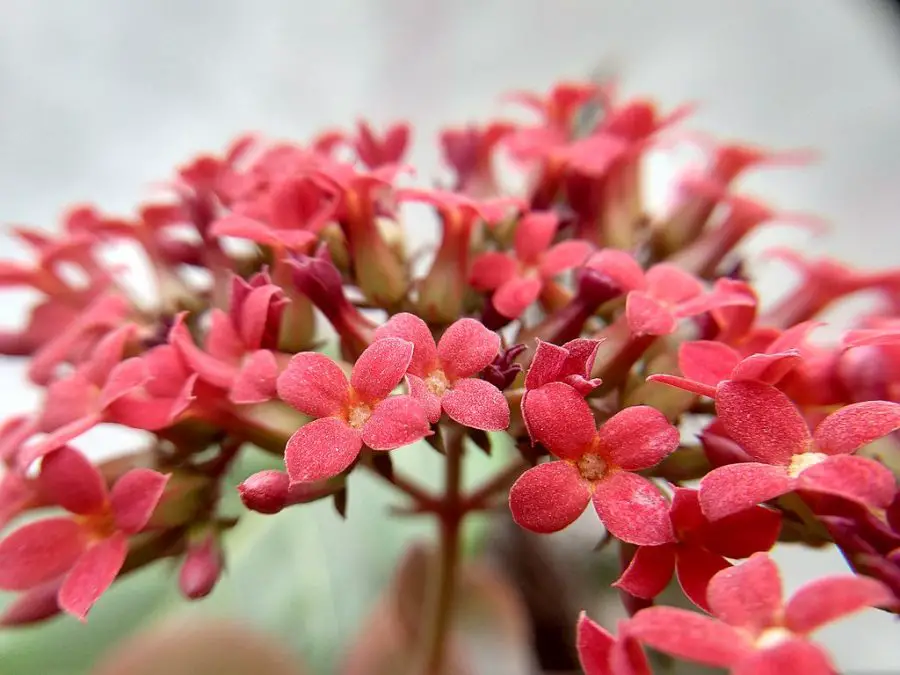
Engaging in Flaming Katy care indoors is a rewarding venture that brings a touch of nature’s charm into your living space. As you nurture your Flaming Katy, the colorful blooms and lush foliage become a source of daily joy and a vibrant addition to your home.
Ease of Care:
The straightforward care routine of the Flaming Katy invites both novice and seasoned gardeners to enjoy gardening.
Its modest demands in exchange for vibrant blooms make it a delightful companion in your green indoor haven.
Therapeutic Engagement:
The act of caring for your Flaming Katy can morph into a calming routine, offering a peaceful break from the daily hustle.
As you watch it grow and bloom, you’ll find a sense of accomplishment and a soothing connection to nature, right in the comfort of your home.


